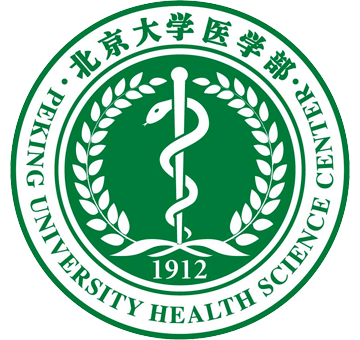
Jiye Zhu, MD
JI Program: GI & Liver
Status: Active/ Ongoing
Summary
We aim to leverage 8 years of collaboration between Dr. Thomas Wang at Michigan Medicine and Dr. Jiye Zhu at PKUHSC to identify, optimize, and validate a peptide-based targeting ligand specific for hepatocellular carcinoma (HCC). A prototype medical laparoscope will be adapted to demonstrate proof-of-concept for image-guided surgery. The peptide will be labeled with a near-infrared fluorophore to generate fluorescence in a spectral regime that can pass through several centimeters of tissue. Peptides are small in size and low in molecular weight, thus offer a number of pharmacokinetic advantages for improved distribution in solid tumors, including deeper penetration, greater extravasation, and faster diffusion. In addition, peptides have superior vascular permeability, better circulatory clearance, and reduced background levels. If rigorously validated, this novel targeting moiety can be used for a number of important clinical applications. At UMHS, Dr. Wang will use phage display methods to biopan against purified recombinant protein to identify lead a candidate. He will optimize the sequence using a structural model, and validate specific binding to the intended target using standard laboratory methods, including siRNA knockdown, competition, and microscopy. The optimized sequence will be studied in a pre-clinical xenograft model of HCC. The optimized peptide will be delivered to PKUHSC for validation of specific binding to GPC3 in a pre-clinical model of patient-derived HCC xenografts that provides clinically relevant genetic heterogeneity and GPC3 expression at levels seen in patients. Validation of specific peptide binding will also be performed using human specimens of HCC ex vivo.
Outcome
- The IRDye800-labeled GPC3 peptide is compatible with the laparoscopic surgical system used by Dr. JY Zhu to perform hepatectomy at PKU. Pre-clinical studies with patient-derived xenografts (PDX) of HCC in a mouse model will be performed at PKU to evaluate binding performance in tissues that provide clinically relevant target expression levels and genetic heterogeneity.
Publications
- Z.Li, Q. Zhou, J. Zhou, X. Duan, J. Zhu, TD Wang. In vivo fluorescence imaging of hepatocellular carcinoma xenograft using near-infrared labeled epidermal growth factor receptor (EGFR) peptide. BIOMEDICAL OPTICS EXPRESS.2016, 9(7):3163
- Zhou Q., Li Z, Zhou U, Joshi BP, Li G, Duan X, Kuick R, Owens SR, Wang TD.In vivo photoacoustic tomography of EGFR overexpressed in hepatocellular carcinoma mouse xenograft. Photoacoustics. 2016 Apr 22;4(2):43-54.
Extramural Funding
Ongoing
U01 CA230669 Multi-P.I. AS Lok (contact) 09/01/18 - 08/30/23
NIH/NCI (Consortium on Translational Research in Early Detection of Liver Cancer)
Novel Strategies to Improve Liver Cancer Surveillance Uptake and Early Detection
The goal of this project is to assemble a team of specialists with complementary expertise in liver diseases, liver cancer, radiology, engineering, statistics, and information technology to improve liver cancer surveillance uptake in patients with cirrhosis.
Pending
R01 CA245906 P.I. TD Wang 12/01/19 - 11/30/24
NIH/NCI (U.S.-China Program for Biomedical Collaborative Research)
Precision image-guided detection of hepatocellular carcinoma (HCC)
A multi-modal imaging strategy that combines the physical properties of light and sound will be used to rigorously validate specific uptake of the targeted contrast agent in HCC tumor. Fluorescence provides images over a large field-of-view to visualize systemic biodistribution and tumor localization over time. Photoacoustics provides an assessment of peptide uptake over the tumor depth.



